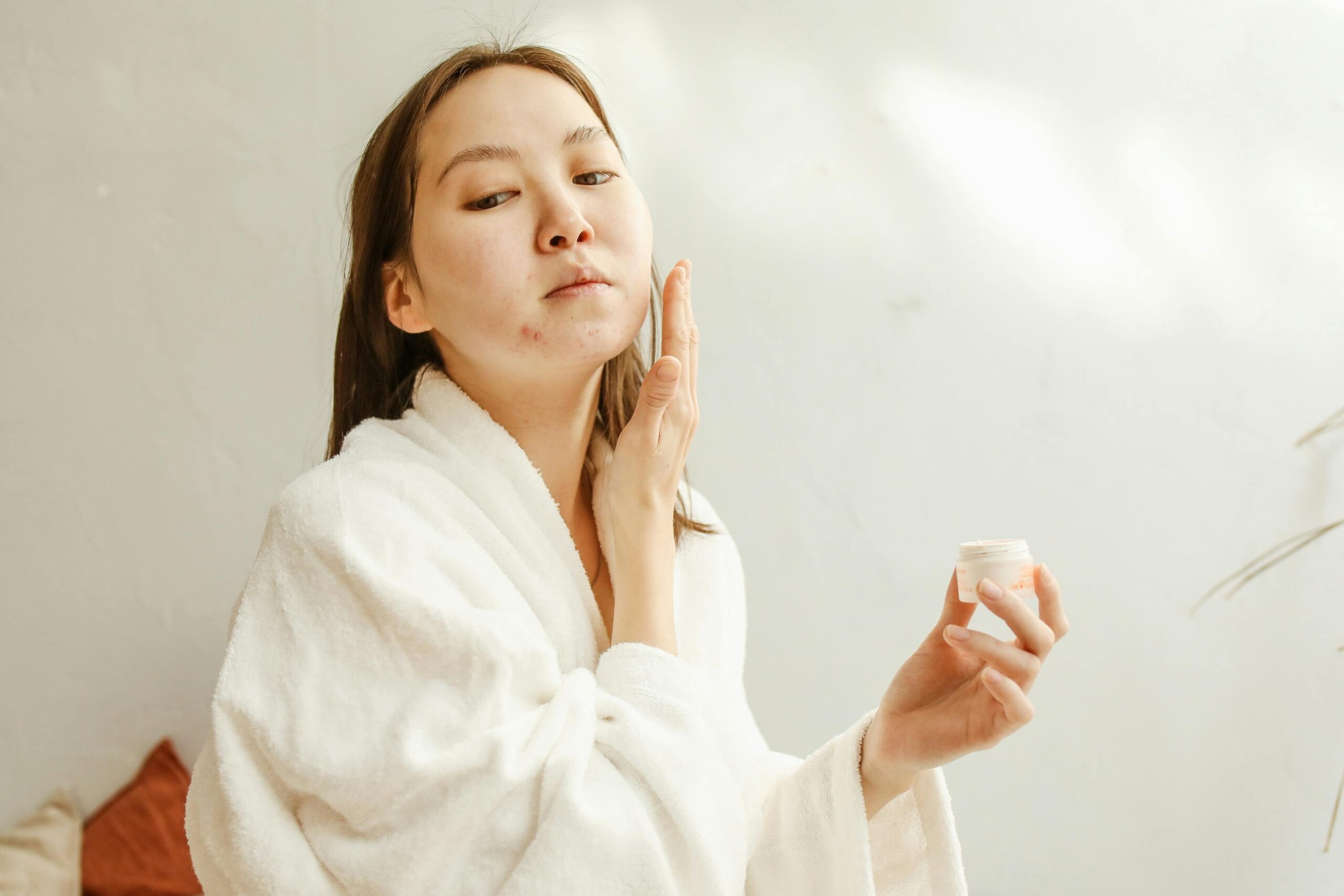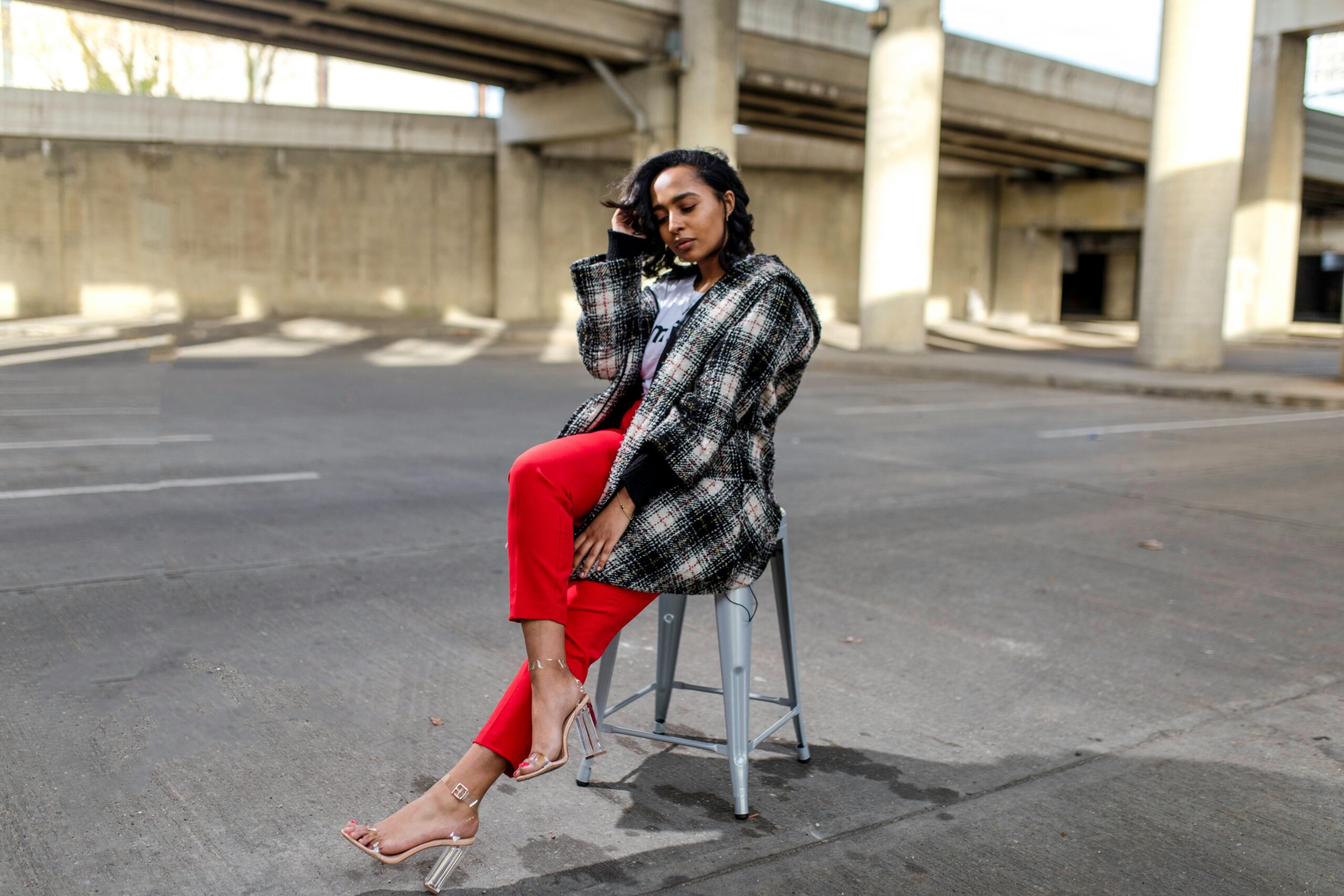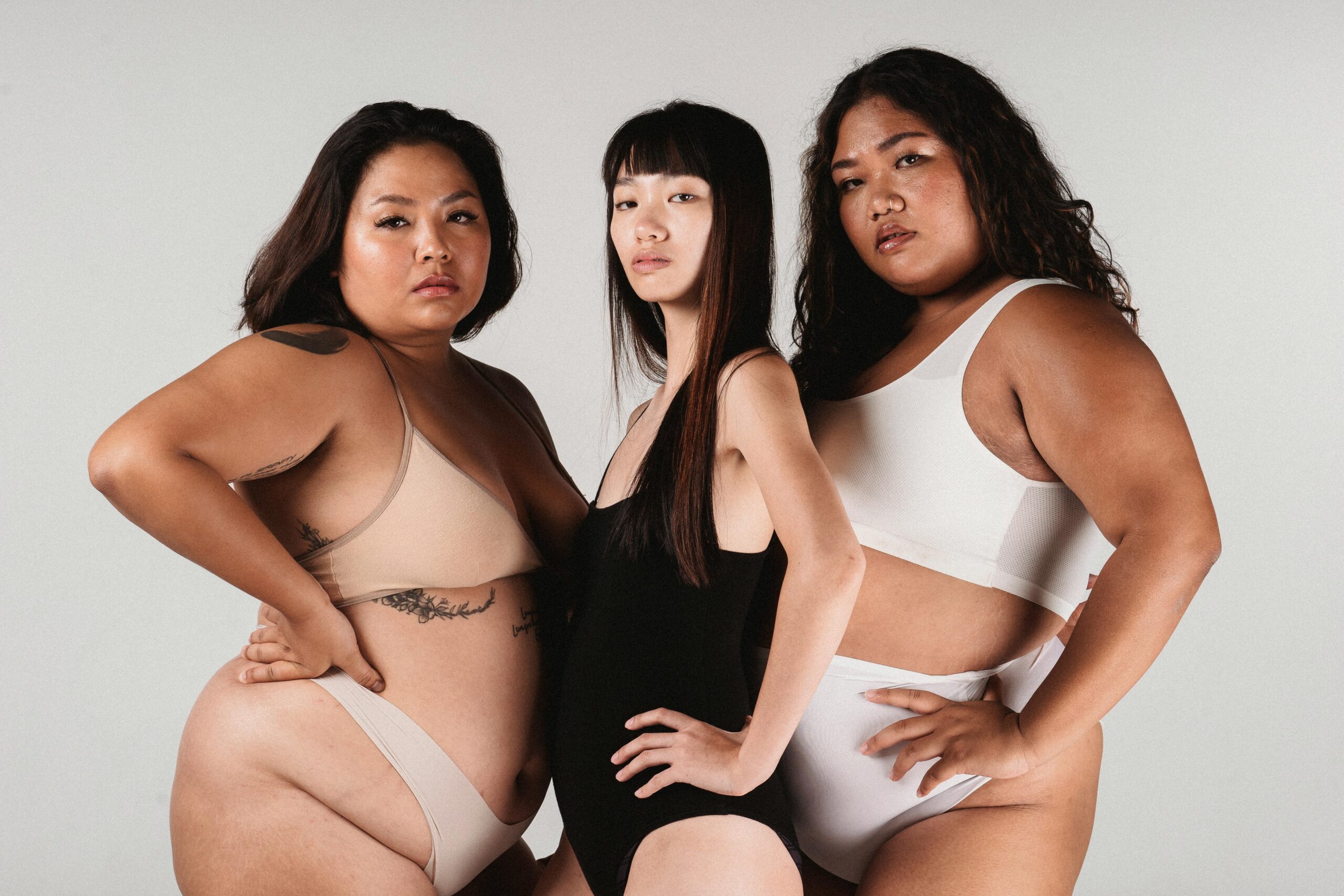
By Elizabeth Rose
Angelina Aspuac is a 40 year-old Mayan woman living in the department of Sacatepéquez Guatemala. She is a daughter of farmers, mother of three children, wife and a third year law student. She is also a spokesperson for the Women’s Development Organization of Sacatepéquez (AFEDES), and defended a bill before the Guatemalan courts in 2016. The bill, called Bill 5742, asked that the Guatemalan copyright laws protect the Maya community from copyright infringement of their traditional designs by national and multinational companies.
This would give the community of Mayan weavers sole authorship over their artistic designs and the same protections now afforded musicians and authors. The copying of designs is common in the fashion industries. In February 2017 the Maasai of Tanzania and Kenya created the Maasai Intellectual Property Initiative (MIPI) to protect their iconic designs. They have estimated that 80 companies are now infringing to the tune of $10m per year.
The Maya hope to stop infringement of their designs by hundreds of companies and small entrepreneurs inside and outside of Guatemala. The use of textiles made by poor women has become an industry for national and international companies placing the materials on high-end products such as purses, belts and shoes. None of these products return income to the artisans who make the textiles. The Maya consider it theft and cultural appropriation to steal their work and copy their designs. They receive neither compensation nor recognition.
Aspuac spoke about how the Maya are also exploited by the government bureau of tourism (INGUAT) which uses the indigenous culture as a tourist attraction but doesn’t compensate the community for the income that flows from international travel. The Maya are seen as a “folklorized” culture and not recognized as authentic Guatemalan culture.
This is a struggle that is largely a poor woman’s struggle and comes twenty-two years after the Peace Accords of 1996 ended the Civil War that took 200,000 lives, 83% of them Mayan. It is the women weavers who are staging a fight for their equal rights and recognition of their place in the society. Here’s what she had to say about her work:

You are part of a grassroots woman’s organization that is fighting to protect ancestral traditions and customs of the Maya. Could you tell us what is the relevance of this work for your community?
The importance of the work we do, specifically the defense, protection and custody of our weavings and ancestral knowledge is intimately linked to our identity and the care of life. We promote that the women pass that knowledge on to their children, because in reality there’s a great cultural richness in our communities, there’s science, there’s a lot of knowledge and ancestral wisdom that is still available, but it is being lost and devalued due to globalization where everything is viewed through the lens of monetary value, and not in the value of life. We have lost a lot of the practice of our knowledge so in a sense the work we do is closely tied with recuperating all the knowledge linked to our identity and then the recovery of the hands on work in the weavings.
Your organization is specifically for the protection of woman. How do you think this is especially a woman’s struggle?
Our organization is called the Women’s Organization for the Development of Sacatapequéz (AFEDES). It is made of only women, primarily Caqchikel, Maya women, found in Sacatepéquez, near Antigua, and near the capital city. Our struggle has been going on since 1980. We have struggled to organize and form ourselves, and this organization came about precisely because there is a big problem with malnutrition, violence against women, illiteracy, and a series of situations that are specific to women and it was therefore organized by women, for women and with women.
And you say this is tied to the care of weavings produced by the women of your community?
That is where the struggle comes from, for the defense of the earth, the territory, our knowledge, our ancestral knowing, which is where the weavings come in. There are many women for example here in Santiago who did not know how to weave. After we began weaving schools there are over 1500 women who now know how to weave here in Santiago. The weavings are a part of what we do in terms of the care of life and the autonomy of our people. The care of life is not just taking care of our families, or taking care of our communities, rather it is everything.
We are demanding that a law be established that will protect our weavings as part of that thread of the care of life, so indigenous people can feel motivated and cooperate in this endeavor to learn to weave again. It would be ideal if things could really be commercialized and there were benefits for the community, Given that so much is exported by companies abroad, we hope that they too can give back to the communities so that we will not lose the art of weaving and sustaining life in our communities.

This is where AFEDES tries to create a conscience where women can contextualize their situations, and see things differently, with a more critical eye, and not to simply accept what comes our way, but to see things more critically and express and demand our rights, what we like, what we don’t like, what we feel affects us, what helps us and what doesn’t.
In my case I am part of this construction and deconstruction that AFEDES has been working on, for example I grew up here so we are women raising our voices, precisely as a product of that formation and training that our mothers received and we also got part of that also, AFEDES has been like a school for us.
Can you say more about the protection of your community?
That is why we say that the work we do is also to protect life because we try to make our own food and generate our own clothing, and that is the process we currently find ourselves in. Our struggle is related to the autonomy of our towns and people because the fact that we can produce our own food and make our own clothing gives us autonomy. This was one of the principle reasons, at least in the past, why we made our own clothing.
With industrialization there are companies that make our huipiles (traditional blouses). And what this causes is competition, a disloyalty, or a contradiction with what the weavers do. In the past, there were not many companies that sold clothing, but in the present, there’s a lot of dependence [in our community] on the companies that make clothing. What our works does is to protect and guard, and also work for part of our identity, because it is not only about recuperating the weavings in and of themselves, but also to go back to our roots. We must remember the principal reason for us weaving our own clothing.
There are instances where big companies especially within the fashion industry, have technically copied products – Urban Outfitters who freely used the Navajo name in their marketing and the British designer KTZ copying the Inuit design. Why do you think this happens?
Because in reality it is an art form that is beautiful, that carries within a story and it’s intimately related to the story of the people who elaborate this art, each people have a story which features the story of their people, that is what we indigenous people do.
I think this gives the art a spiritual value, which even at the time of selling the piece brings with it something that could even be said to be sacred, where an idea, a philosophy is shared, and that gives it value, including the fact that the work is of fine craft, done mostly by hand, although some possibly use machines, but they still carry a profound significance closely tied to the people who create the work.

You have called the use of indigenous designs “plagiarism.” Why?
The other thing is that when all those companies advertise their products and assemble Maya pieces, or from other indigenous people, they claim to be inspired by Mayan culture or Hindu culture, or whoever the people are to whom those inspirations belong – they say they were inspired, and for a long time we accepted all the talk of inspiration, we even read in the internet how good it is that our culture is being made known to the world; but once it is viewed through an economic point of view, it is truly a tremendous and unscrupulous way to take advantage of indigenous people, given that they are making a profit through these creations and designs, not the indigenous people, nor are the companies looking to see how they can give back to our communities.
This is where the issue of injustice comes in because when we look at the numbers, and see how much they pay indigenous people for the work, and how much they sell it for, it is evident that we get next to nothing, and we are practically giving away our designs when compared to the great profits they are making. When this happens, it cannot be said that indigenous people are an inspiration; rather what is happening is theft. It is plagiarism.
Why is it important that national and international companies stop producing the weavings and designs of your culture?
It is not possible for it to be profitable. If we were to calculate the real cost of each item, plus the percentage in profit, the weavings would increase significantly in price and almost no one would buy them. Weaving takes up many hours, many days, weeks, months, including years to finish a piece, and for a company to attempt to make a profit from this type of work is not cost effective, not even if they were to hire the weavers, they would have to pay a full day’s wages, a salary let’s say, and all that that implies, including overtime, benefits and social security, that is not something that companies are looking to do, and if they were to do that, they would not make much out of the weavings.
That is why we propose that we the indigenous people continue to weave our own clothing because this gives us autonomy, not necessarily to be commercialized, although if there are those [indigenous] that want to do that, that is fine, but with the rules and regulations clear and in place. For example, how much is the cost of production, how much a given piece would cost etc.

An article made by hand takes a long time; if the companies do it would not be cost effective. So, what happens? It is easier for me to establish my store and buy from the women at a low price. Then I become the one who makes the profit while she loses, and I will always have my profits as an intermediary, or as a final buyer, but the ones who make less will always be the indigenous women. Therefore, for many it is convenient that the women continue to weave.
They can also continue to sell their used clothing thereby reaching the hands of companies at a cheaper price, and in that sense, they can make great profits of up to 200, 400 and 500%.
Have you done a numbers study regarding the cost of production and a fair wage for the workers and the community?
We have a financial expert and it was established. Several women were interviewed regarding how much they invest and for how much they sell a huipile, and it varies. It depends on the town, the type of design. There are some designs that are more complex, and others simpler. It was determined that is was not cost effective. We have determined with the women weavers when they want to sell something, we factor in the time, the materials used, all the incurred expenses plus 20% -25% or 30% profitability, thus is the cost for the public determined.
For example, a huipile from San Antonio Aguas Calientes is currently being sold for Q.3800 – Q.4000, [$517-$544] should have a sale price between Q.8000 – Q.10,000 [$5872.00-$7341.00]. It is way less than the fair price, not even half of the estimated cost, however the market does not give more.
Is there a threat to the indigenous identity when their designs are widely available as commodities?
Yes, it’s definitely a threat to see the designs as mere merchandise, not even for their practical value, but more for what the market pays for it. We are a culture and people who share the little we have. In this case our ancestral knowledge and weavings are knit together and we want to share it with the world. We want to share but in a fair manner, with rules that are clear, and that is what we the indigenous women are proposing. We are not prohibiting the commercialization, we are not against our textiles being used and sold, but if they are to be sold and profits are to be made, let it be done with clear rules.

If you dedicate yourself to making money, you’re obviously going to do it, but those profits should be shared with those who contribute to the creation and elaboration of these items. This is not currently happening, there’s no giving back of these profits, of this economic recognition to the people. This should exist and that is why we advocate for the creation of property rights and industrial property so that some of the profits that are being made come back to the communities so that the indigenous people can continue to work in our art.
We have to find a way to give incentives to the women who weave because, as things stand right now, it is not cost effective. It is good that companies are making known to the world our creations, that they are making our designs known, but they need to ask for permission, to express and recognize that there are authors/creators behind this art. We want to be recognized as authors, and it is also important that the companies reach agreements with the author communities, and together establish the terms whereby they will both profit out of these creations, what the relationship will be with the community, and how the company will make profits. We are not asking for favors or asking for handouts, we are simply demanding that it be done with clear-cut laws and rules that currently do not exist.
How can consumers protect themselves from buying designs that should be protected?
It would be a matter of vigilance regarding the products that supposedly come from indigenous peoples. Unfortunately many companies sell products stating that in the buying of these products [the consumers] are helping indigenous communities. So people buy things, specifically textiles, or items made with textiles, thinking they are supporting indigenous communities, but in reality, that is not the case. I do think that there should be some way to identify if those companies are purchasing the items in a fair manner, if it is being done according to rules and laws put in place, or if it is being done by exploiting indigenous peoples.
In the case of big companies where you enter a store and chose what to buy, there should be some indication on the label indicating what town or people made the item, who the authors are and are they paying author rights, or usage rights for the reproduction of their design. I think we as consumers could demand that type of information. For those that buy on the streets, they should not barter too much with the weavers who are selling their products.
Many huipiles are being sold on the used clothing market. This is another threat to the weavings. Please talk about this and how this is a threat to your community?
There’s a lot of justification going around regarding the purchase of used huipile. The intermediaries have enormous quantities stored in warehouses, stating that there’s a surplus and that indigenous peoples don’t want them anymore. They state that with the purchase of this clothing they are helping the communities, when we very well know that in Guatemala their purchase of used huipiles is based on the needs of women who don’t have anything to eat and therefore sell their clothing. This should be made known to the world.

Do you think having more indigenous people in CEO or CFO positions would make a difference in the selling of the textiles?
It would be nice for Maya to be business owners and business people. We are also conscious of the fact that being indigenous does not guarantee that this person will defend the rights of indigenous people. Being a woman does not mean a woman will defend the rights of women, we can see with Valdez here in Guatemala everything that happened, that she does not even represent us, so it’s very complicated to assume that if an indigenous person were at the head of a public institution, or a company, and manages its affairs, it does not necessarily mean they will change the politics or climate of said institution, in sales, in purchases, or in the administration seeing the rights of indigenous people.
Although if an indigenous person where to have such a position, it would be great if it was someone who was conscious of the rights of the people, of the collective rights, with a knowledge of these issues. I think things would be different because they would angle the conversation and politics to have a climate that would be more just, in a manner that all would benefit, although there’s no guarantee but it would be a step.
Do you think that only indigenous people should wear indigenous clothing? Do you see it as almost a religious dress like that of a priest or a sister?
Our creations are to be shared with everyone. We offer them first of all for us to wear them, to clothe our people, but we also describe ourselves for wanting to share. There are women, our friends who have come to us, and those of us who have a little more have shared and given them our huipiles. It is not a question of prohibiting others from wearing our clothing, but on the contrary, of sharing them with the entire world.
The struggle is not about stopping the commercialization or stopping Mestiza, Ladina, or foreign women from wearing our weavings, but we do demand that it is done with respect, and at a minimum that they inform themselves regarding what the clothing means, what those huipiles and trajes (clothing) signify for our people, for us as women. If they are going to use our clothing then they take on part of that work to create a consciousness and sensibility for people against racism.

Some of this involves not giving up the traditional dress yet some indigenous women have publicly announced giving up indigenous identity to avoid racism and receive better opportunities. This is similar to the issue of racism in the USA where light skinned blacks can have advantages by being able to “pass” in white society. What is your attitude towards a young woman who gets a good job by hiding her indigenous roots?
I think it is important to understand that racism and discrimination is very prevalent here in Guatemala, specially when one is Maya, and principally when we as women wear Maya attire. For many here in Guatemala, for Ladino people who are racist, we don’t have a face, they do not see us in our spirituality, that is why they call all of us “Marias,” which is synonymous to making us all servants. We are also professionals, attorneys, and well, the work of being a servant is a decent and dignifying job also. Work dignifies.
The point is that indigenous women are not seen as attorneys, architects and engineers, but rather like servants, especially when we wear our attire in the capital, at the university, in schools, and institutes. The treatment we get is different to the one given for example to a woman who is wearing pants, a skirt or dress. There are ideas and stereotypes regarding being indigenous as different from the Ladino people, and that is not favorable. In the same manner, the training that we are given in school is out of our context.
They speak of a Tecun Uman [one of the last rulers of the K’iche’ Maya people] who is our hero. Since we are little they create this idea in our minds that our culture is the worst, the lowest, and we grow up with a very weak concept of our identity or without an identity. When we are adults we begin to deny where we come from, who we are, or we may be asked if we are indigenous or not, and we say no. That is why many leave. It is easier to leave the traje and wear pants, and one can pass unnoticed in society.

On the other hand it is also economics – in that since we don’t know how to weave, but we do like to wear Maya attire then we buy it, but at a high price due to the time weaving takes, and Maya women know how hard it is, so we pay the price, but it is still high. But I also think that economics is closely linked to racism which does not allow us to act freely and to demonstrate our identity to the world, where we come from, and what our roots are because we are not taught about the richness that is to be found in Maya culture. On the contrary, they talk to us about foolishness, about when the invasion happened. They talk to us about a conquest and that thanks to that we can now speak Spanish, and other terrible things that we are taught in school.
One starts to deny ones identity, until we reach spaces like AFEDES and other organizations that are working towards strengthening our identity. One starts to rediscover the Maya self. When we learn about all that the Maya civilization has contributed to humanity we feel very proud. I wish this would have been taught to us since we were children so we could feel proud and tell everyone where we come from and what our roots are, and not abandon our practices like the art of weaving and using our attire.
We the ones that exist and live right now, we are the grandchildren of Maya and it could be said this system has attempted to erase all of this from our memories and our practices, and truly a lot is being lost. I think that is important to recognize the contributions that civil associations in Guatemala are making to strengthen this identity. But yes, there is a reason as to why women and young people have left the Maya attire given that it is also an object of mockery in different spaces like school, churches and institutes.

Elizabeth Rose is a North American writer. and journalist. She prefers to write about the environment and social justice. She is currently at work on a memoir about her work with the Guatemalan non-profit Long Way Home over the past thirteen years. While visiting Guatemala she made many friends and hopes to bring their stories to a wider audience. She has previously published articles and essays in Truthout, MS Magazine online, the Boston Globe Magazine, The Worcester Journal and Revue Magazine. She lives in Massachusetts with her husband. Her website is elizabethannerose.com.

















2 thoughts on “Meet The Indigenous Guatemalan Woman Fighting For Artisans To Retain Ownership Of Their Designs”